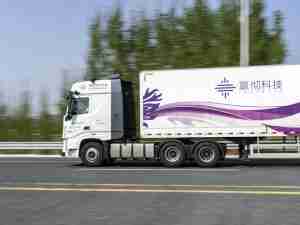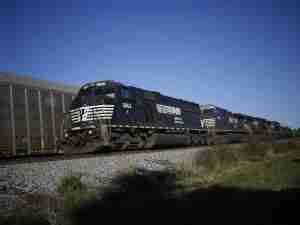Boosting Trucking ROI with Technology
posted by AJOT | Feb 16 2016 at 04:00 PM | Intermodal
by Michael Rofman, Senior Manager, WeiserMazars LLP
We can reasonably expect to have autonomous trucks by the year 2035. However, this will not eliminate the need for drivers to operate the vehicles - airplanes have been flown by autopilot for more than 25 years, but still require two pilots on every commercial flight.
Training drivers to use and trust safety technology is an investment in your company. Future truck drivers will be known as commercial vehicle operators (CVO) because their job will increasingly encompass more than driving a truck as new technology enters the industry. CVO’s will equally be system managers and monitors. Trucking companies and CVO’s will need to evolve as new technology management systems reshape the skill sets necessary to operate a truck.
The electronic log mandate (ELD) is the single greatest change to the industry. We can expect a 10% reduction in utilization of drivers’ hours.This will result in leveling the playing field in the competition between LTL carriers and TL carriers, improve safety and compliance with hours of service laws (HOS), and eliminate the single greatest barrier to industry consolidation. The barrier to enter into the trucking industry is low because of the relatively small initial investment in equipment and the current lack of drivers means that independent operators are able to effectively compete with established firms. Driver shortages have prevented companies from growing their fleets and HOS fines from the department of transportation are profit killers.
The current state of technology is improving driver safety with face recognition software. These programs can detect driver fatigue together with wearable devices monitoring drivers’ vital signs. There are also on-board devices that can detect alcohol or drug use. These types of technologies will lead to saving lives on our streets and highways. Collision warning and lane detection and mitigation systems alert drivers to potential accidents, helping them react more quickly to trouble on roadways.
Video analytics are also helping trucking companies reduce costs. In some cases, they can show that accidents were not caused by the truck driver, in contravention of the official police report. This has led to companies benefiting from lower insurance expenses and claims paid.
Vehicle to vehicle technology (V2V) is expected to go before Congress in 2016 in order to receive federal approval. V2V is a 360 degree communication between vehicles and stationary objects sending and receiving 10 packets of digital information per second. There were approximately 3,000 vehicles tested in Ann Arbor Michigan using V2V, which resulted in an effective demonstration of the technology including a significant reduction in accidents over that time. One barrier of V2V is that proper functioning would require all vehicles and stationary roadside objects to have communication systems, which will take a number of years to put into effect. Additionally, security and integrity of the locational data are major concerns. Implementation of V2V is expected to be revolutionary in terms of vehicular safety. The use of seat belts contributed to approximately a 20% reduction in fatal crashes. V2V is expected to reduce fatal crashes by 80%.
As you can see, investment in new technology can produce an immediate return. Lane detection technology should provide a 3 to 1 cost benefit payback with a return on investment (ROI) between 4-12 months. Connected truck services will allow management to analyze driver performance, increase up-time, and identify risky drivers. Video analytics will mitigate lawsuits, by proving the truck driver was not at fault even though a police report may make it look otherwise. ELD will track detention time and lost miles leading to increased revenue and profits by allowing you to bill for this lost productivity. Additionally, ELD will help trucking companies manage compliance with regulatory requirements, measure fuel variability vs. age of equipment, and match experienced drivers with a certain region and terrain.
Cash flow is critical to every business owner. It is easy in this industry to grow revenue. The challenge is making a profit. Focus on ROI from new technology and use data analytics. Setting up dashboards and monitoring key performance indicators such as depreciation expense and maintenance expense per mile will lead to operational efficiency, increased profitability, and generally improve results. Gain ROI on your #1 asset… your drivers!







